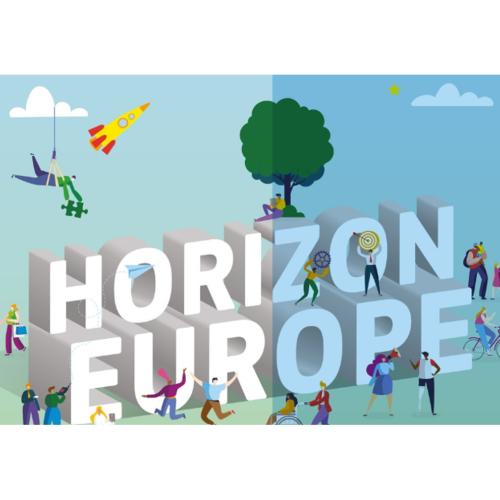What does it finance?
There are three 'pillars' under the Horizon Europe programme: Pillar I – Excellent Science, Pillar II – Global Challenges and European Industrial Competitiveness, Pillar III – Innovative Europe. Most projects relevant to disaster risk management are financed under Pillar II which is divided into six clusters:
- Health;
- Culture, Creativity and Inclusive Society;
- Civil Security for Society;
- Digital, Industry and Space;
- Climate, Energy and Mobility;
- Food, Bio-economy, Natural Resources, Agriculture and Environment.
Additionally, five EU Missions serve as large-scale initiatives under Horizon Europe, setting clear, time-bound goals that drive focused efforts towards some of our greatest challenges:
- Adaptation to Climate change mission;
- Climate-Neutral and Smart Cities mission;
- Cancer mission;
- Soil Deal for Europe mission;
- Restore our Ocean and Waters mission.
Examples of areas of support relevant for disaster risk management under Pillar II include the following:
Cluster 3 on ‘Civil Security for Society’ includes research and innovation actions to help fight crime and terrorism (including organised crime and cybercrime), border management (including customs security and maritime security), resilient infrastructure, cybersecurity (including security of network and information systems and certification) and disaster-resilient societies (including against chemical, biological, radiological and nuclear (CBRN) incidents; human-made disasters or climate-related risks and extreme events; geological disasters, such as earthquakes, volcanic eruptions and tsunamis; pandemics, as well as improved disaster risk governance, incorporating enhanced multi-hazard early-warning systems, integrated risk and crisis communication frameworks, community-centred resilience strategies, cross-border coordination mechanisms, the deployment of advanced forecasting and monitoring technologies, and the strengthening of societal preparedness through training, education, and participatory planning).
This approach contributes to all the phases of Disaster risk Management, from prevention, preparedness to mitigation, response, deployment of countermeasures and recovery, using updated risk assessment methods and decision criteria, and including knowledge transfer and awareness of innovative solutions from international to regional and/or local levels.
Cluster 5 on ‘Climate, Energy and Mobility’ includes climate science and solutions; energy supply, energy systems and grids, buildings and industrial facilities in energy transition, communities and cities; multimodal transport and logistics; transport safety and resilience.
Examples of actions covered under this cluster include 'Attribution to climate change, and improved forecasting of extreme and slow-onset climate- and weather-related events and their impacts' and 'Adaptation to Climate Change: Effectiveness and Limits'. Strong links exist between activities in Cluster 5 with activities funded under Cluster 6 on climate-ocean-polar-cryosphere nexus, and in Cluster 3 on disaster risk reduction, and with the Mission on Adaptation to Climate Change.
Cluster 6 on ‘Food, Bioeconomy, Natural Resources, Agriculture and Environment’ will contribute to the objectives of the European Green Deal related to the Biodiversity Strategy to 2030, the Farm to Fork strategy, and the European Climate Pact and initiatives under sustainable industry and eliminating pollution, as well as the long-term vision for rural areas, and the Sustainable Development Goals.
The EU Mission Adaptation to Climate Change aims to support at least 150 European regions and communities towards climate resilience by 2030. It focuses on helping these regions and local authorities to 1) Understand climate risks: Identify current and future climate-related challenges specific to their areas, 2) Develop adaptation pathways: Create strategic plans to prepare for and manage the impacts of a changing climate and 3) Implement innovative solutions: Deploy practical measures and technologies to enhance resilience on the ground.
